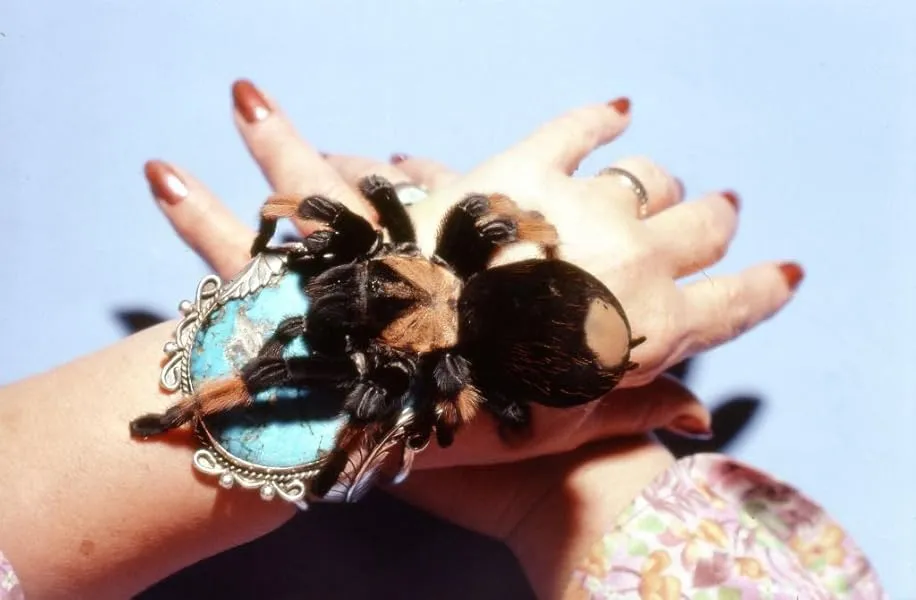Understanding Schultz Tarantulas
The Schultz tarantula, a captivating and often misunderstood creature, has gained popularity among pet enthusiasts. These impressive arachnids, with their striking appearance and relatively manageable care requirements, offer a unique pet-keeping experience. This comprehensive guide aims to provide a thorough understanding of Schultz tarantula care, from their origins to breeding, ensuring you can provide a thriving environment for your eight-legged companion. By understanding their needs, you can unlock the secrets to their longevity and enjoy a rewarding experience as a Schultz tarantula owner. The key is to replicate their natural habitat as closely as possible, ensuring their physical and psychological well-being. This includes understanding the importance of proper enclosure setup, temperature and humidity regulation, feeding habits, and handling techniques.
What is a Schultz Tarantula?
The Schultz tarantula, scientifically known as Aphonopelma chalcodes, is a species native to the southwestern United States. Recognized for its docile temperament compared to some other tarantula species, it is often recommended for novice tarantula keepers. These spiders are terrestrial, meaning they primarily live on the ground, and they are ambush predators, waiting patiently for their prey. They are known for their relatively slow growth rate and impressive lifespan, with females living for over 20 years. Their appearance is quite striking, with a brown to tan coloration, and they possess urticating hairs on their abdomen, which they can flick off as a defense mechanism. Proper care includes creating a suitable environment for their growth and development, promoting their health and overall happiness.
Origin and Habitat

Schultz tarantulas originate from the arid and semi-arid regions of the southwestern United States, including Arizona, New Mexico, and parts of California. They thrive in habitats characterized by warm temperatures, low humidity, and well-drained soil. In the wild, they create burrows in the ground or utilize existing shelters under rocks and logs. Understanding their natural habitat is crucial for providing the right environment in captivity. The enclosure must replicate these conditions to ensure the spider’s health and well-being. Proper setup involves selecting appropriate substrate, maintaining optimal temperature and humidity levels, and providing hiding places similar to their natural burrows. The goal is to mimic the conditions they would experience in the wild to minimize stress and promote a long, healthy life.
Basic Schultz Tarantula Care
Caring for a Schultz tarantula requires a commitment to understanding and meeting its specific needs. This includes providing an appropriate enclosure, maintaining optimal environmental conditions, and offering a proper diet. Routine care is essential for the spider’s health and happiness. Regular monitoring of temperature and humidity, as well as observation for any signs of illness or stress, are key. Careful attention to these aspects will help ensure your Schultz tarantula thrives in captivity. This guide will help you with setting up the enclosure, the proper feeding techniques and water and the importance of proper handling. The objective is to facilitate their natural behaviors, ensuring the tarantula’s overall welfare and enjoyment.
Choosing the Right Enclosure
The enclosure is the cornerstone of Schultz tarantula care. It must provide a secure, comfortable, and enriching environment. The right enclosure will help the tarantula feel safe, which will encourage them to eat and thrive. The setup should also facilitate ease of maintenance and viewing. Consider the tarantula’s size and potential growth when choosing an enclosure. The enclosure should be large enough for the tarantula to move around comfortably, with enough space for burrowing or establishing a retreat. The enclosure should also be escape-proof, with a secure lid to prevent escapes. Transparency is another important aspect, allowing for easy observation of the spider. Appropriate enclosure also includes providing the correct substrate and decorations for the spider.
Enclosure Size and Type
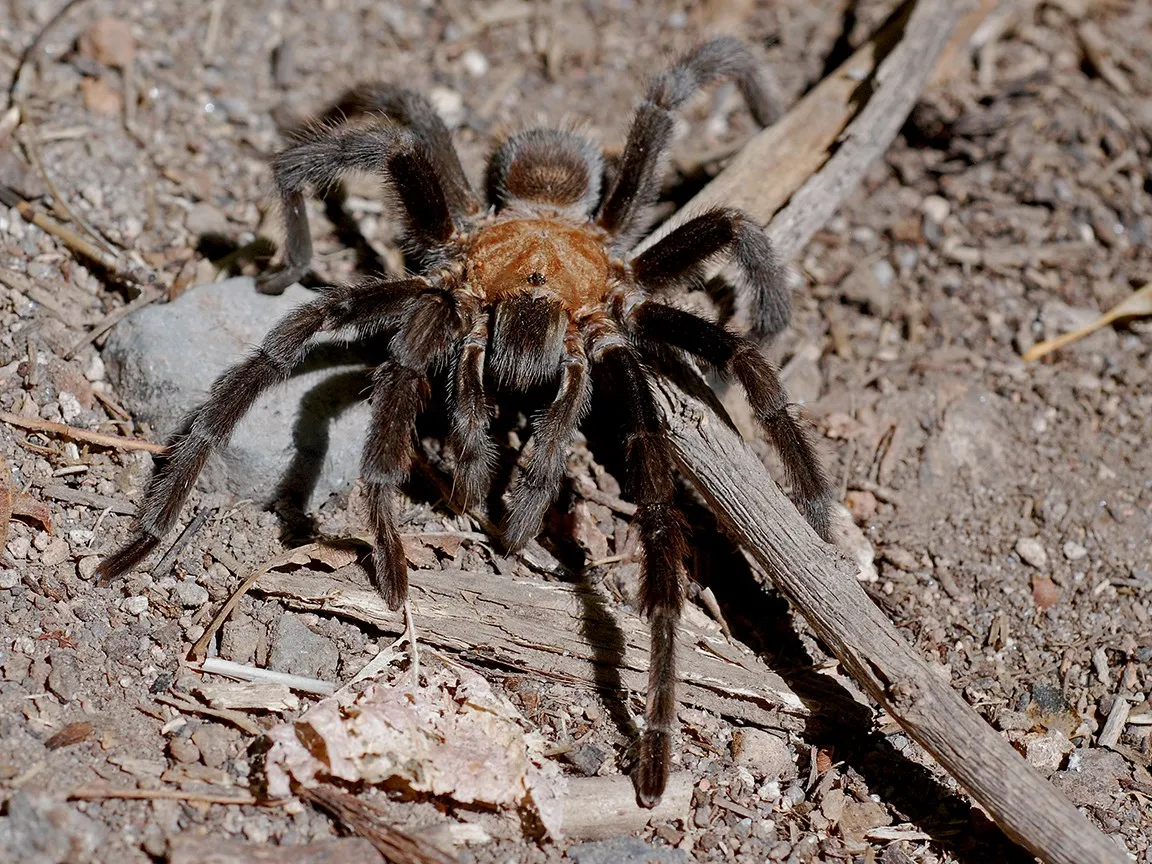
The size of the enclosure should be appropriate for the tarantula’s size, with juvenile tarantulas needing smaller enclosures and adults requiring more space. For juveniles, a small deli cup or a similarly sized container works well. As the tarantula grows, the enclosure size must increase. A good rule of thumb is to provide an enclosure that is at least three times the tarantula’s leg span in width. The type of enclosure can vary; glass terrariums or clear plastic containers are popular choices due to their durability and transparency. Ensure the enclosure has adequate ventilation to prevent mold growth and maintain air quality. A secure lid is essential to prevent escapes, and the lid must also allow for proper airflow to minimize humidity issues.
Substrate and Decorations
The substrate is essential for creating a naturalistic environment. It provides the tarantula with a surface to walk on, burrow in, and helps maintain humidity. Suitable substrate options include a mix of peat moss, vermiculite, and coconut fiber. The substrate should be deep enough to allow the tarantula to burrow if it chooses. Decorations, such as cork bark, artificial plants, and hiding places, enhance the enclosure and provide the tarantula with security and enrichment. These additions give the tarantula a sense of security and encourage natural behaviors. Avoid sharp objects that could injure the tarantula, and ensure any decorations are non-toxic. Regularly check the substrate for mold or excessive moisture and replace it as needed to maintain a healthy environment.
Maintaining Temperature and Humidity
Temperature and humidity are critical factors in the health of your Schultz tarantula. These environmental factors directly affect the spider’s metabolism, molting process, and overall well-being. Regular monitoring and adjustment of these conditions are essential to ensure your tarantula thrives. Use a thermometer and hygrometer to accurately measure the temperature and humidity levels within the enclosure. The use of a heating pad or other methods to regulate the temperature, and the introduction of water dishes or other methods to control the humidity, will contribute to the comfort of your tarantula. The creation and maintenance of a stable and suitable environment will contribute to the overall health and longevity of your Schultz tarantula.
Temperature Requirements
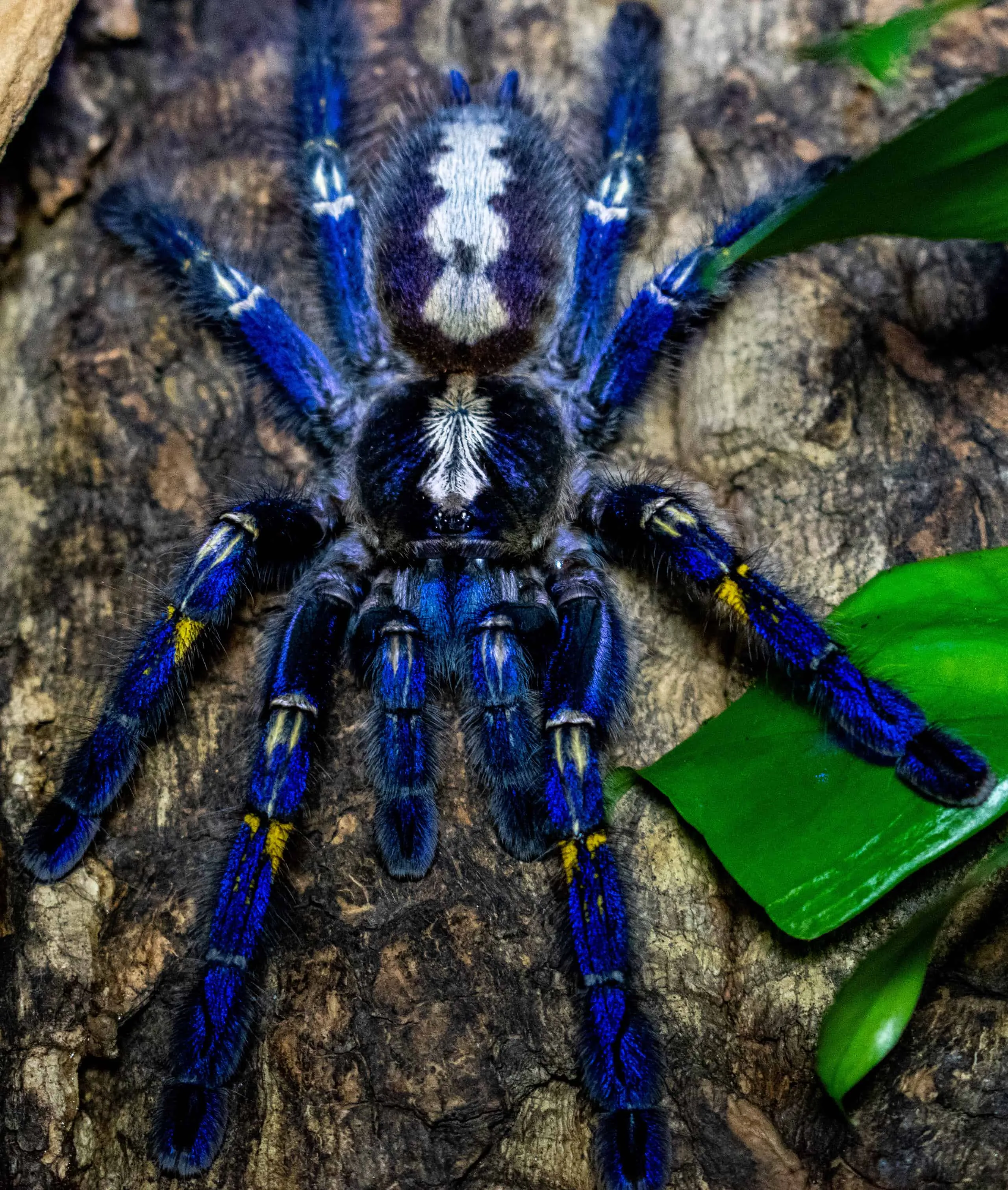
Schultz tarantulas thrive in temperatures ranging from 75 to 85°F (24 to 29°C). Providing a consistent temperature range is essential, as fluctuating temperatures can stress the tarantula. A heating pad placed on the side or back of the enclosure can help maintain the ideal temperature. Avoid placing the heating pad directly under the enclosure, as this can cause the substrate to dry out excessively. Use a thermostat to regulate the heating pad and prevent overheating. Monitor the temperature regularly with a thermometer placed inside the enclosure to ensure accuracy. Also, provide a temperature gradient within the enclosure, with a slightly warmer area on one side and a cooler area on the other to give the tarantula options.
Humidity Levels
Humidity levels should be kept between 50% and 60%. Maintaining the correct humidity level is important for the tarantula’s molting process. Too low humidity can cause molting issues, while too high humidity can lead to mold and bacterial growth. To maintain appropriate humidity, mist the enclosure lightly with water, especially during the molting phase. The amount of water needed depends on the enclosure’s ventilation and the substrate used. A shallow water dish can also help maintain humidity. Avoid oversaturating the substrate. Regularly monitor the humidity level with a hygrometer to ensure it stays within the optimal range. Adjust the ventilation and misting frequency to achieve the desired humidity levels.
Feeding Your Schultz Tarantula
Feeding is a vital part of your Schultz tarantula’s care. Providing a balanced diet and consistent feeding schedule will keep your tarantula healthy. Understanding what to feed, how often to feed, and how much to feed are essential for the spider’s well-being. Provide a varied diet consisting of live insects to fulfill their nutritional requirements. Careful observation of the spider’s feeding habits and molting cycles will help in refining the feeding practices. It is important to understand the needs of your tarantula to help them live long and happy lives. This will enable you to provide them with all the nutrients they require to be happy and healthy.
What to Feed Your Tarantula
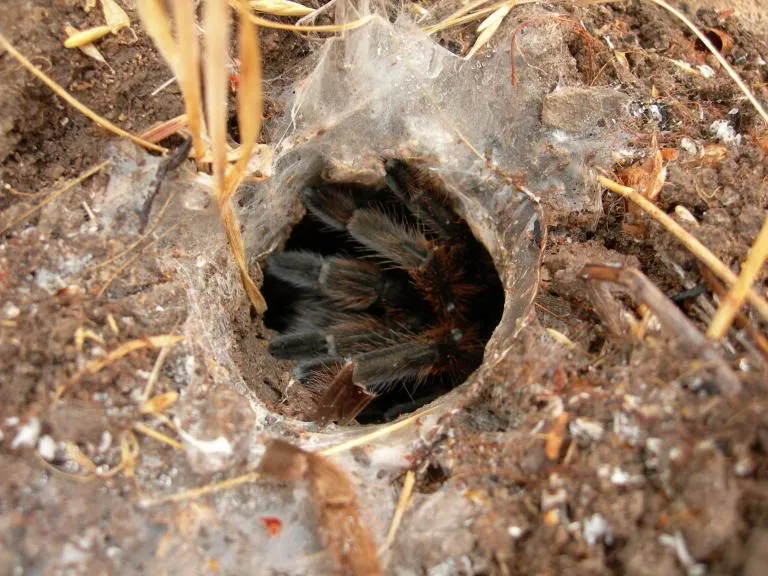
The Schultz tarantula is an insectivore, meaning its diet primarily consists of insects. Suitable food items include crickets, mealworms, dubia roaches, and other readily available insects. The size of the prey should be appropriate for the tarantula’s size; a general rule is to offer insects that are no larger than the tarantula’s body. Crickets are a popular choice, but they should be gut-loaded (fed nutritious food) before offering them to the tarantula to maximize their nutritional value. Mealworms are another option, but they should be fed in moderation as they have a lower nutritional value. Variety in the diet is beneficial to ensure the tarantula receives a range of nutrients. Avoid feeding wild-caught insects, as they may contain parasites or pesticides.
Feeding Frequency
Feeding frequency depends on the tarantula’s age and molting cycle. Juvenile tarantulas typically need to be fed more frequently than adults. Feed juvenile tarantulas every 3-5 days, while adult tarantulas can be fed every 7-14 days. Observe your tarantula’s behavior and adjust the feeding schedule accordingly. A tarantula that is actively hunting and eating is likely healthy. If your tarantula refuses food, it could be due to an upcoming molt, stress, or other health issues. During molting, it is normal for tarantulas to stop eating, and this is a crucial phase where they are vulnerable. Remove any uneaten prey within 24 hours to prevent the risk of the insect biting the tarantula. Provide fresh water at all times and remove any uneaten prey items.
Watering Your Tarantula
Providing fresh water is essential. While Schultz tarantulas get some hydration from their food, a constant supply of fresh water is vital for their health. Use a shallow water dish that is easily accessible. The water dish should be shallow enough to prevent the tarantula from drowning, especially for juveniles. Change the water frequently to keep it clean and free of bacteria. Some keepers prefer to mist the enclosure lightly instead of using a water dish. This can be especially useful for maintaining humidity during molting. If misting, ensure that the enclosure doesn’t become too wet, as excess moisture can lead to mold and health issues. Always ensure the water you provide is clean and fresh to keep your tarantula healthy.
Handling and Safety

Handling a Schultz tarantula should be done with caution and respect. While this species is generally docile, tarantulas are still wild animals and can react defensively if they feel threatened. It is essential to understand the proper handling practices, as well as the importance of recognizing and responding to the tarantula’s stress signals. Understanding the potential risks and adhering to safety precautions is paramount. The handling should always prioritize the spider’s welfare and minimize any potential for injury to both the tarantula and the handler. If the need to handle arises, proceed with care and gentleness, ensuring a safe and stress-free experience for the spider.
Safe Handling Practices
Handling Schultz tarantulas should be limited and only undertaken when necessary, such as for enclosure maintenance or health checks. Before handling, wash your hands thoroughly to remove any potential contaminants. Approach the tarantula slowly and gently. Never startle or grab the tarantula. When handling, allow the tarantula to walk onto your hand. Avoid sudden movements, and keep your hand close to the ground or surface in case the tarantula falls. It is crucial to handle the tarantula over a soft surface. This ensures that if the tarantula falls, it minimizes the risk of injury. Avoid handling immediately after feeding or during molting. Never handle a tarantula if you are uncertain or uncomfortable; it is always best to prioritize the tarantula’s safety.
Recognizing Stress Signals
Recognizing stress signals is key to ensuring the well-being of your tarantula. If a tarantula feels threatened or stressed, it may exhibit several behaviors. The most common signs of stress include flicking urticating hairs, raising its front legs in a defensive posture, or attempting to flee. If your tarantula displays these behaviors, it is best to stop handling immediately. Ensure the enclosure provides adequate hiding places, as tarantulas often seek shelter when they feel stressed or vulnerable. Providing a secure and comfortable environment is crucial to minimize stress. A healthy and unstressed tarantula is more likely to eat and thrive. Constant observation of your tarantula will give you a better sense of what is normal behavior for your pet.
Common Health Issues
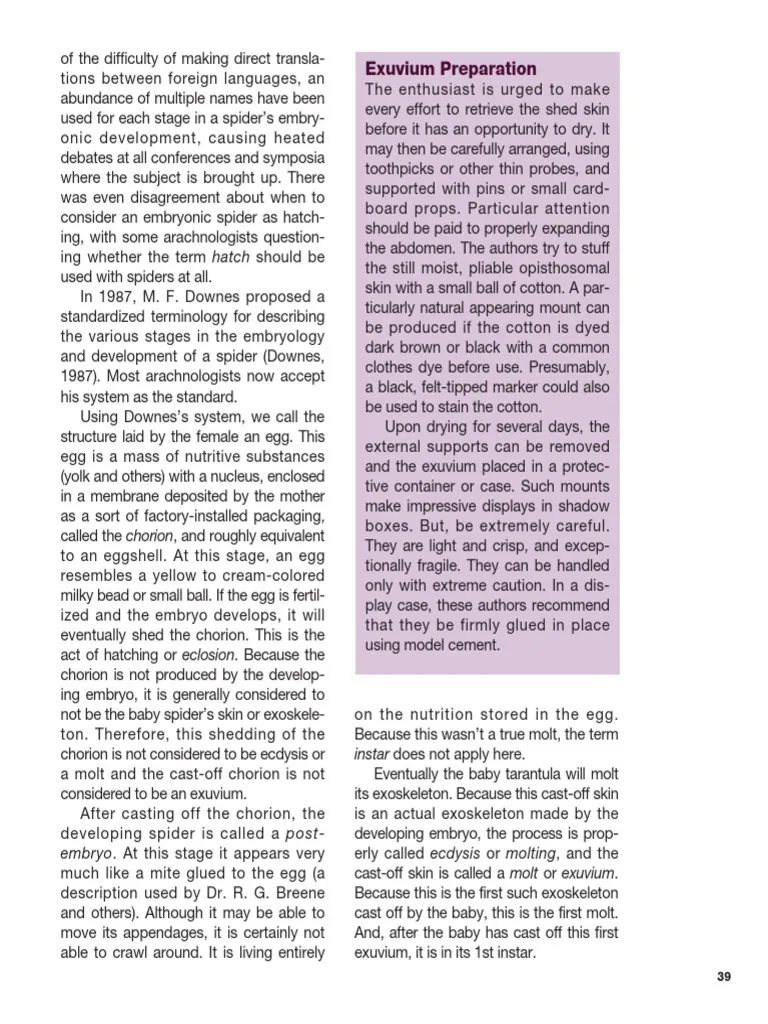
Like all living creatures, Schultz tarantulas can experience health issues. Understanding the common illnesses and diseases that may affect your tarantula is crucial. Early detection of these issues, combined with preventative measures, significantly increases the likelihood of a positive outcome. Regularly inspect your tarantula for any signs of illness, and familiarize yourself with the behaviors of a healthy tarantula to notice any deviations. The health of your tarantula depends on your ability to recognize symptoms and seek appropriate treatment. A vigilant approach, which includes observing the spider’s environment and behaviors, can greatly contribute to its well-being.
Identifying Illnesses
Several signs may indicate your Schultz tarantula is unwell. Some of the common symptoms include loss of appetite, lethargy, and changes in behavior. If the tarantula stops eating or becomes inactive, it could be a sign of illness. Look for any abnormalities, such as a swollen abdomen, changes in the abdomen color, or discharge. Difficulty molting, also known as dystocia, is another potential issue. This can be a dangerous condition if the tarantula cannot shed its exoskeleton correctly. If the tarantula seems weak or uncoordinated, it may be a sign of a problem. Any unusual behavior that deviates from the norm should be carefully assessed. If any of these signs are present, it is best to consult a veterinarian who specializes in exotic animals.
Preventative Measures
Prevention is the best medicine when it comes to tarantula health. Provide a clean, appropriate environment with the correct temperature and humidity levels. Ensure the tarantula has access to fresh water and a varied diet of appropriately sized insects. Quarantine new tarantulas before introducing them to other pets. This measure helps to prevent the spread of any potential diseases. Avoid overcrowding the enclosure. Overcrowding can increase the risk of disease transmission. Regular enclosure maintenance, including removing uneaten food and cleaning up any waste, is also critical. Maintain proper ventilation to reduce the risk of mold or bacteria growth. By implementing these preventative measures, you can significantly reduce the risk of health issues and ensure that your Schultz tarantula remains healthy and happy.
Breeding Schultz Tarantulas
Breeding Schultz tarantulas can be a rewarding experience, but it requires careful planning and knowledge. This includes understanding the sexing of the spiders, the mating process, and the care of spiderlings. Breeding requires a suitable environment to maximize the success rate. You should have a good understanding of all the factors involved to ensure the successful reproduction of your tarantulas. The entire breeding process can be intricate, but with proper preparation and a commitment to care, you can contribute to the preservation of this fascinating species. Breeding Schultz tarantulas will contribute to a deeper appreciation of these fascinating creatures.
Sexing Your Tarantula
Sexing a Schultz tarantula is the first step in the breeding process. The most reliable method for sexing is examining the molt. After a molt, the shed exoskeleton will reveal the presence of the spermathecae, a female reproductive organ, or lack thereof. If you examine the underside of the exuvia, you may be able to determine the sex with the use of a magnifying glass. The presence of the spermathecae on the female will be visible. If you do not have the molt, or the spider is too young, you may be able to determine the sex by looking at the leg spurs. Some males have mating spurs on the first pair of legs. However, this method is not always reliable. The use of the exuvia is often more reliable. Once the sex is determined, you can pair a mature male and female for breeding.
Mating Process
The mating process involves carefully introducing a mature male to a mature female in the female’s enclosure. It’s crucial to monitor the process closely, as the female may attack and potentially consume the male if she is not receptive. The male will typically approach the female and begin a mating dance, which involves tapping and vibrating his legs. If the female is receptive, she will allow the male to mate. After mating, the male should be removed to prevent any further encounters. The female will then create an egg sac containing her eggs. It is important to ensure that the female is properly fed and well-hydrated during this period, as it is very demanding. The success of the mating process relies on proper timing and the health of both the male and female.
Raising Spiderlings
Once the eggs hatch, the spiderlings, or baby tarantulas, will emerge from the egg sac. It is essential to remove the egg sac from the female’s enclosure and isolate the spiderlings into individual containers. This is because spiderlings can be cannibalistic. Providing adequate food and appropriate environmental conditions is key to their survival. The spiderlings should be fed small, flightless fruit flies or other tiny insects. Maintaining proper temperature and humidity is critical for their growth and development. As the spiderlings grow, gradually increase the size of their food. Monitoring the growth and development of the spiderlings ensures that they grow healthily, and is a rewarding process. It requires dedicated care and attention, but it allows you to witness the fascinating life cycle of the Schultz tarantula.
